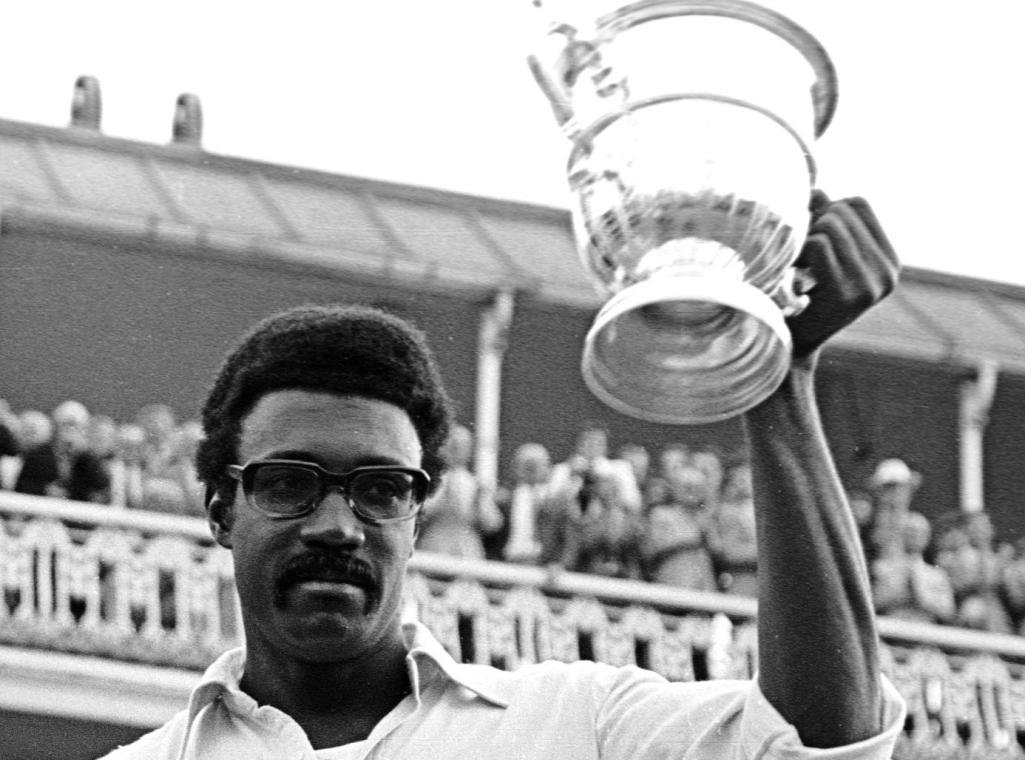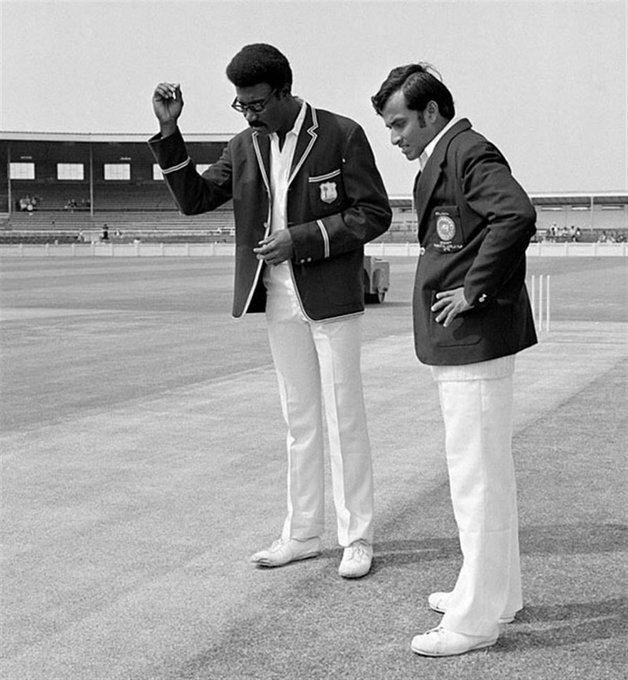The first Prudential World Cup 1975 was definitely a great financial success. It also provided thrilling entertainment to the crowds. There can be no two opinions that the hungry crowds, deprived of thrilling and exhilarating cricket, were fully satisfied in as much as they were spared the push and prod, of which there has been a surplus in five-day Tests.

I personally feel that one-day cricket is no answer to Test cricket, as the approach to the game is entirely negative. It’s very much like village green cricket. The strokes employed are such that would not be found in any textbook. The main aim is to go for the runs, be it by hitting cross-bat shots or hitting balls on the leg- side to the off. It’s not really what we’re always thought cricket to be played with a straight bat.
As I open my mental album, I find that league cricket in England is more positive than this one-day game. The reason is simple. Since a result has to be obtained, the bowler attacks from the very first ball, relying on proper field placement to get the side out quickly, which is desirable in one-day cricket where the main aim is to strictly control the rate of scoring.
If the one-day games are to combine the virtues of Test cricket and the entertainment value of the limited-over game, it is essential to make some amendments to the rules. So, there should be no ceiling on the bowler with regard to the number of overs, the bowl or the number of bouncers. Also, both teams must be allowed to complete entire inning, even if it means an extension of the match into the second day.


